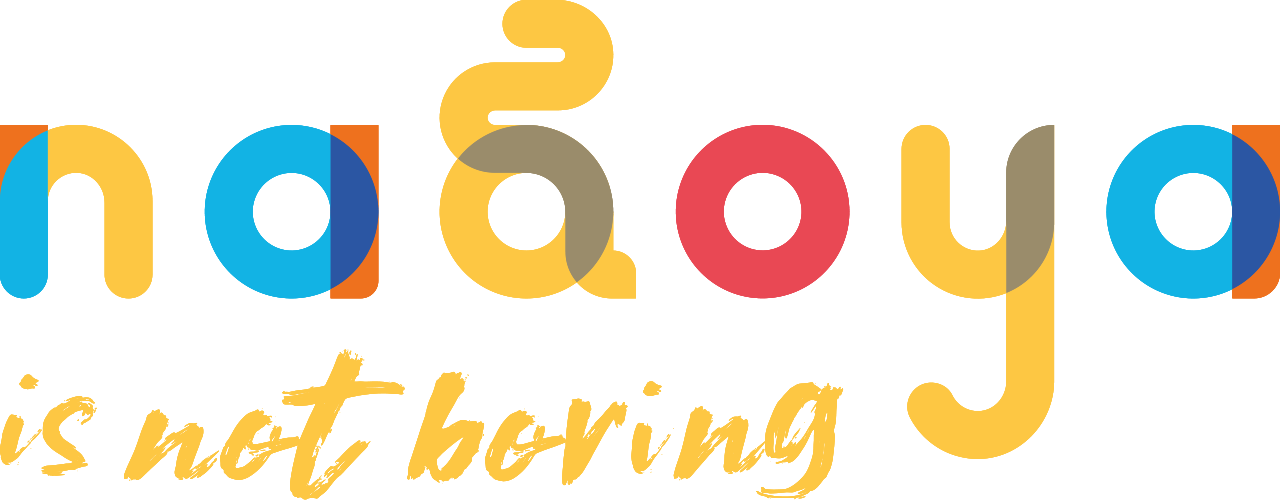No matter if it is a query about one of our experiences or a general question about Nagoya and the Aichi Prefecture. We are here for you!
Just give us a call or send us an email at any time.
info@nagoyaisnotboring.com
The Edo Period, which started 400 years ago, brought stability and prosperity to Japan. That’s why Japanese culture flourished during this period and craftsmanship blossomed around Nagoya, one of the economic centers of the country.
During this tour, you will explore the culture and craftsmanship during the height of the Samurai warrior rule by exploring the city of water, Gujo Hachiman, and its traditional summer dances.
35,000 yen per person (2-6 people)
Private Tour
Nagoya Station Golden Clock (Google Maps)
Nagoya Station Golden Clock (Google Maps)
09:00 (9 hours)
English, Spanish, German, Japanese
You will be exploring a less-traveled side of Japan.
Together with your knowledgeable guide, you will spend the day exploring Gujo Hachiman, the home of one of Japan’s foremost traditional summer Bon dances and everything connected with it from the traditional craftsmanship used to make the typical wooden shoes called Geta, to the hand towel the dancers use to whip their faces after a particularly hot night of dancing called Tenugui. You will also learn some dance moves!
The city is also famous for its beautiful old wooden houses and many picturesque waterways running through town.
Meet your guide at Nagoya station and travel for about 2 hours north via train and bus to Gujo Hachiman in Gifu Prefecture.
Try the local Soba noodles chilled in summer or hot in winter as a light meal to start the day.
At the local museum you can learn about Gujo’s city history as well as about the town’s proudest feature, the famous Bon Dances held on 30 nights each summer. Get dancing and learn the popular dance moves.
The narrow streets of Gujo Hachiman are very picturesque with shops lining the streets selling street food and souvenirs. The many waterways are one highlight of the town.
Tenugui towels are used by every dancer during the summer Bon dances, as fashion accessories and to whip sweat.
Design and print your own towel during this workshop for a unique souvenir of Gujo Hachiman.
Did you know that Gujo is the birthplace of silk screen printing or serigraphy in Japan?
This tour is subject to availability. If not available, you will instead enjoy a “Sanpuru” food replica workshop, which is another of the highlights of Gujo Hachiman.
There is still more to discover in Gujo and as the day winds down you can explore more of the streams and little scenic side streets where you will find a wide variety of shops, some of which sell Geta, the cypress wood sandals used for dancing. A pair of these sandals will make a great souvenir.
It’s time to say goodbye to Gujo, so we’ll take the bus back to Nagoya
Our team of guides has expanded from our co-founders, Lena and Elly, to include passionate Japanese and international guides living in and around Nagoya. Each of our guides loves sharing the unique aspects of Nagoya and its surroundings with travelers from all over the world.
They can’t wait to meet you!
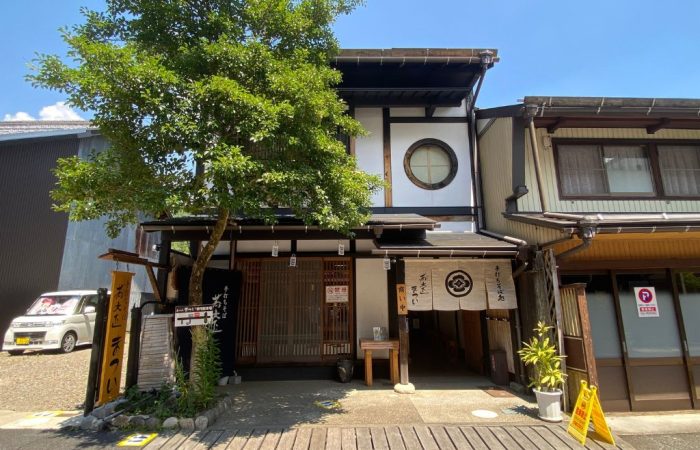
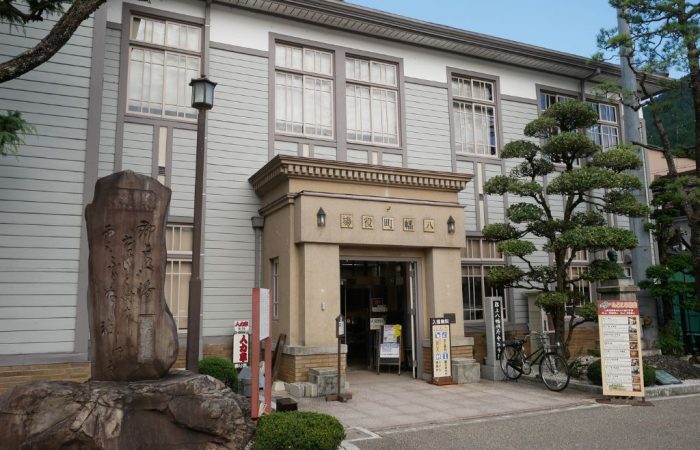
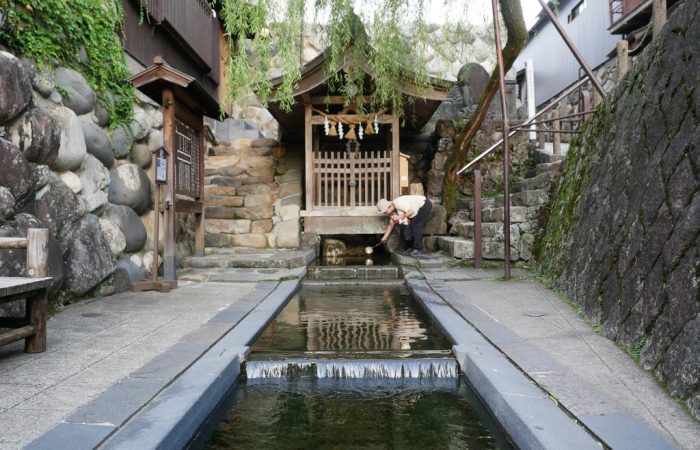
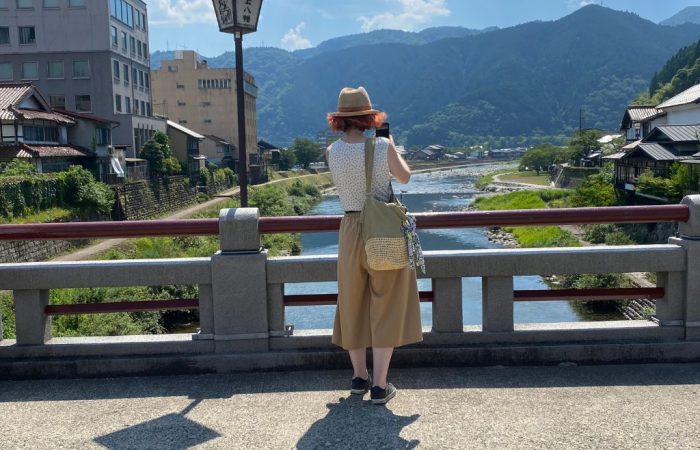

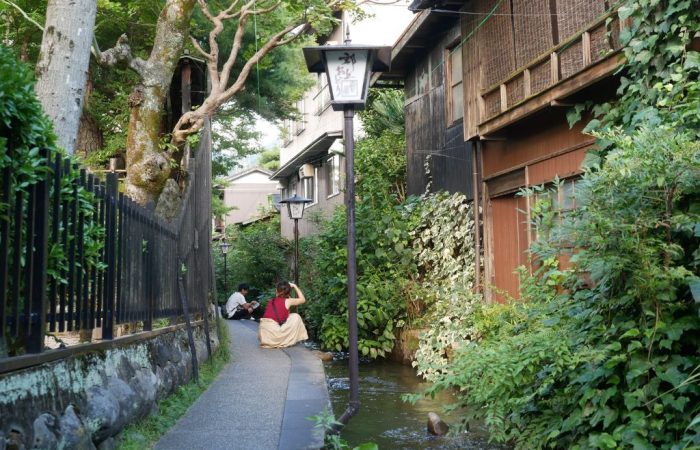
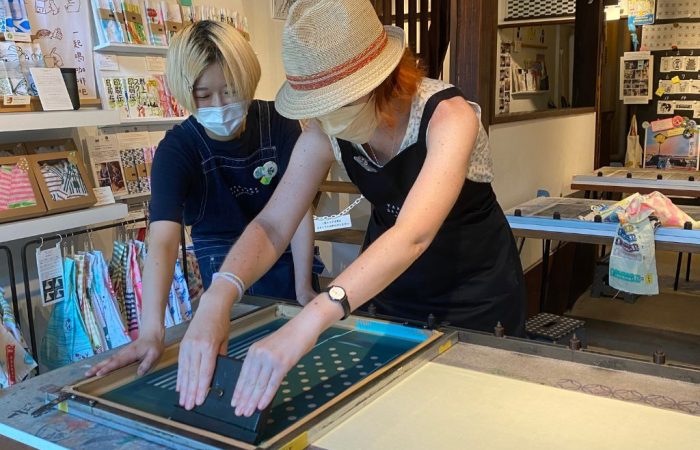
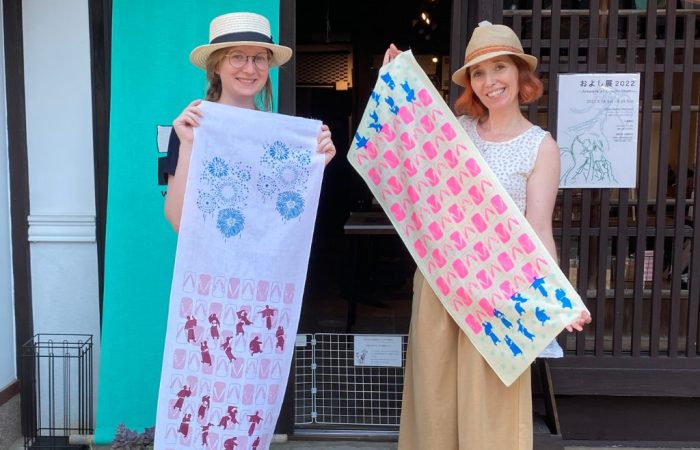
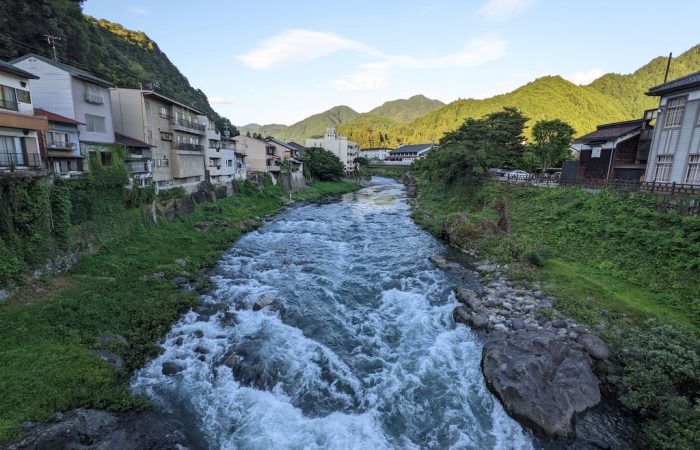
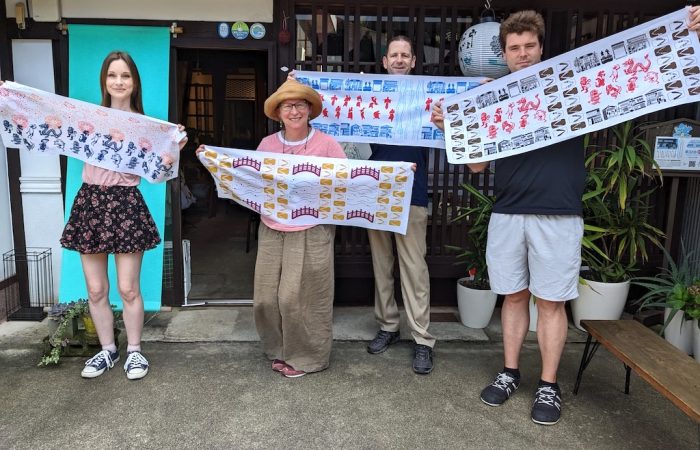
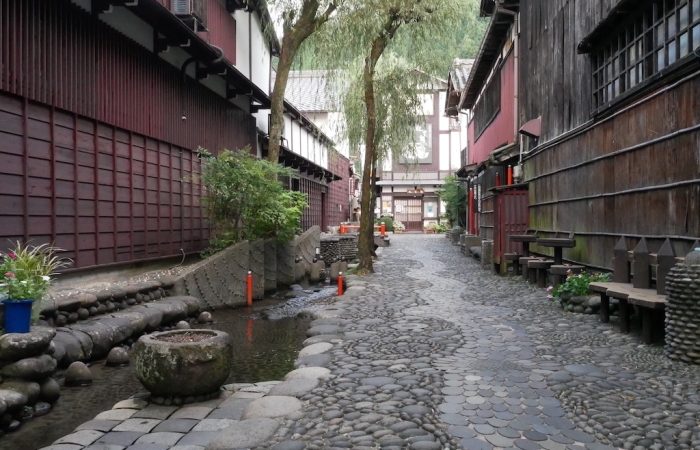
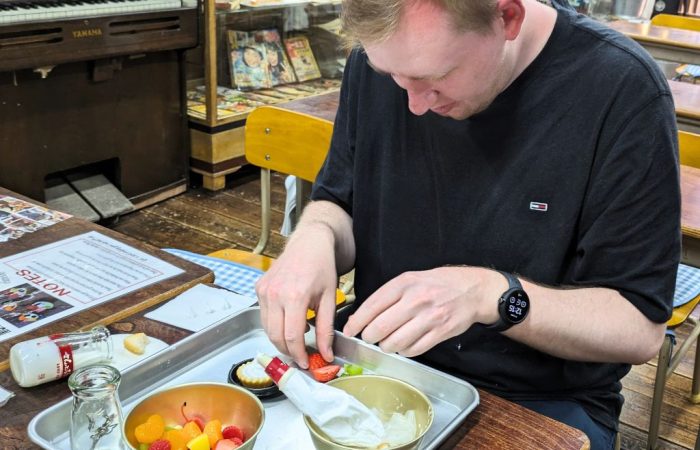
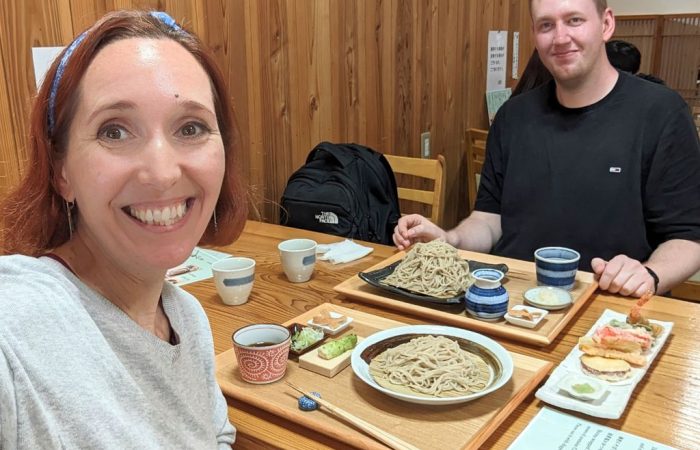
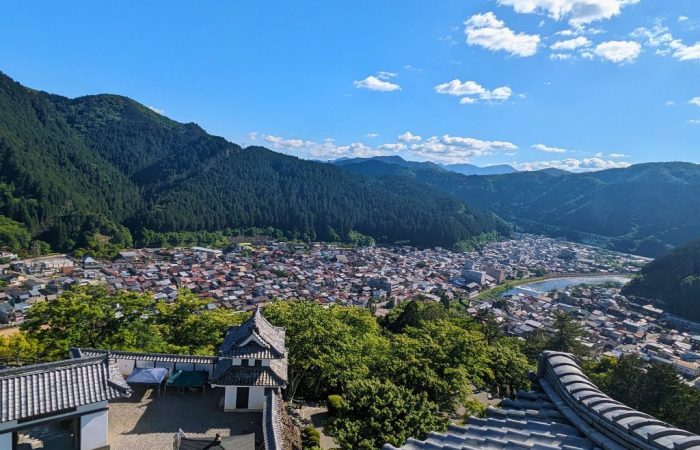
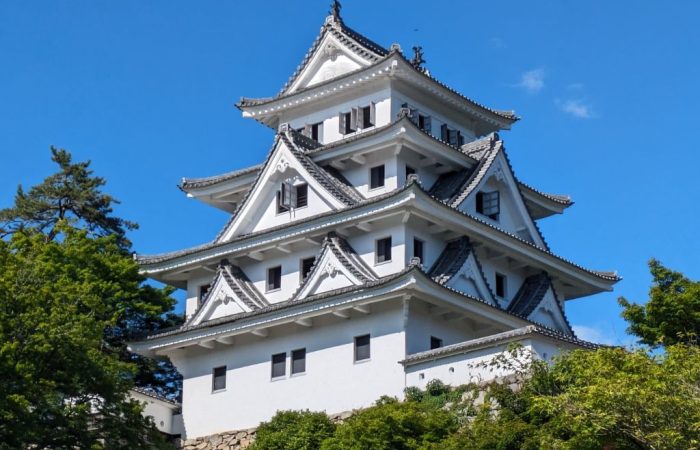
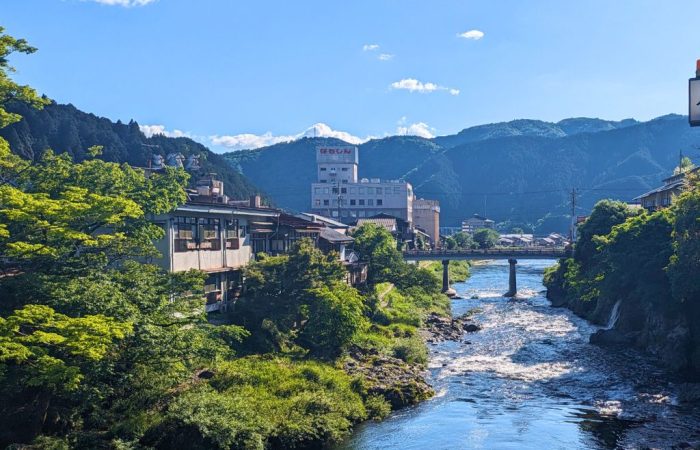
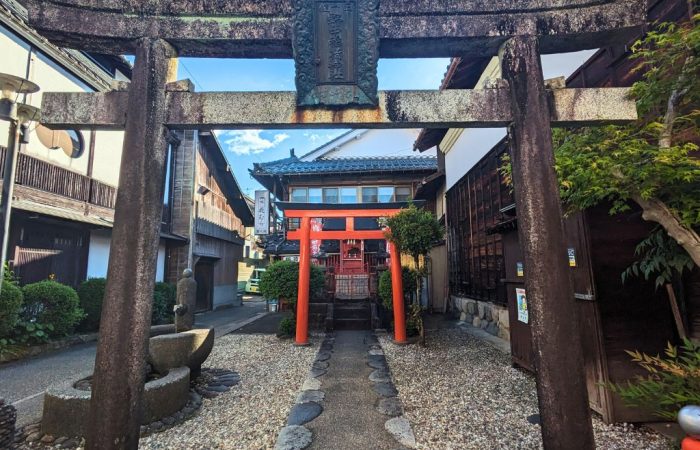
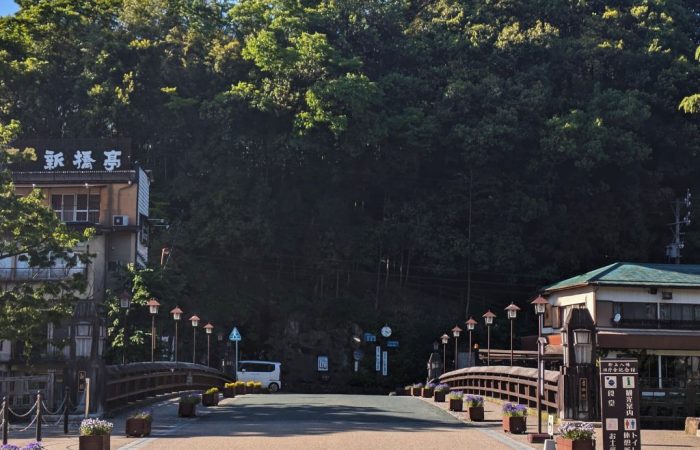
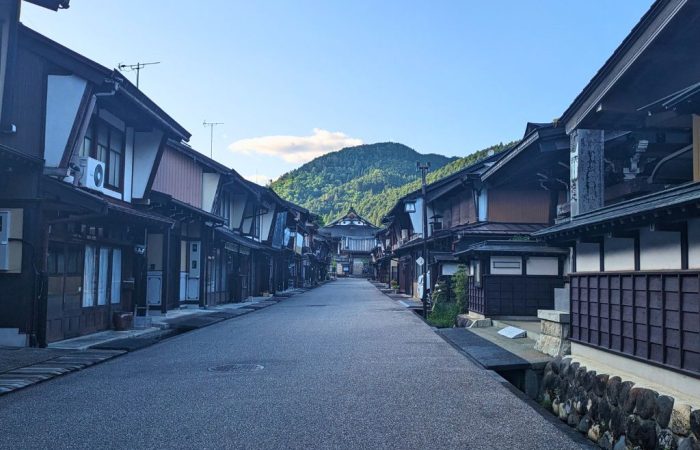
The whole day in Gujo Hachiman where really awesome and made a lot of fun. I could try cold Soba in an really nice Soba Shop and it where really tasty we also visited the castle on top of one of the mountains. It where it bit hard to get up there but it where really worth the effort.
I liked that my guide where really kind and also made a lot of Pictures for me so that i dont have to care about that and can enjoying the moment.
She also asked me what i wanted to see, so that she can adjust the tour so, that it suite what i want to see and experience.
As i wrote above the day where awesome!
